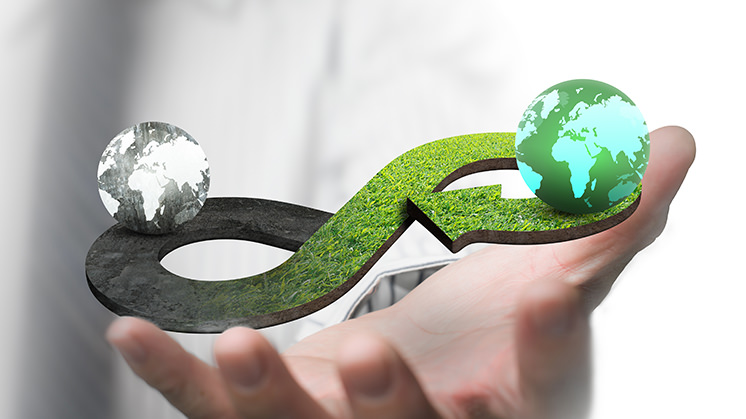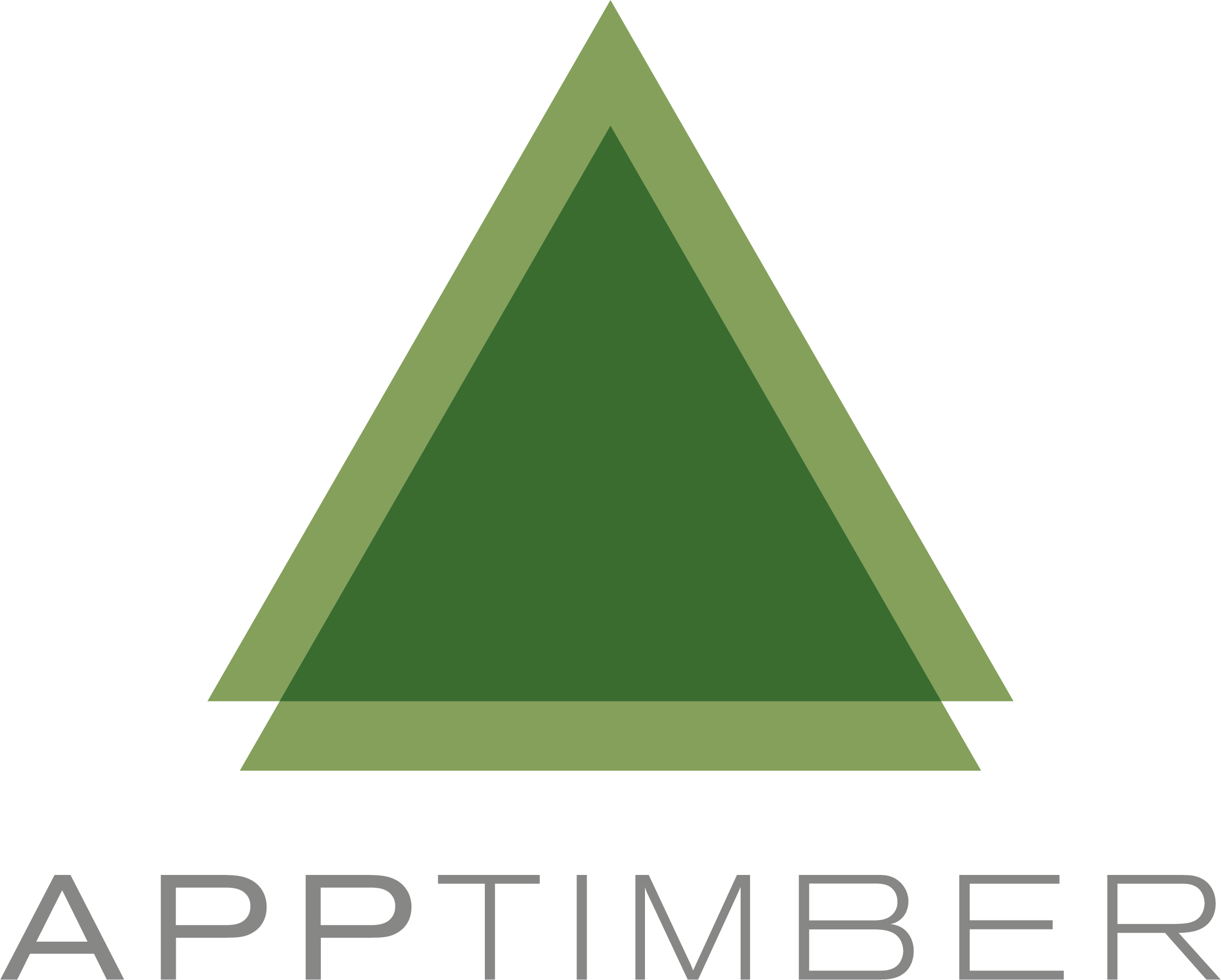March 25, 2021

The new buzz word is “Circular Economy”. What does it mean?
Most people in our industry believe that “Circular Economy” relates only to the recycling and reuse of a wooden product once it has completed its service-life.
Indeed, these are important factors. The Ellen MacArthur Foundation defines circular economy as “to be based on the principle of designing out waste and pollution, keeping products and material in use, and regenerating natural systems.”
Wood is a natural product that can be recycled and reused so one would think it is automatically “circular”. It’s not the case.
One need to look at the entire process of generating wood products; from forest to sawmill, from distributor to manufacturer, from end-user to the way the end product is disposed. It is a fact that the energy required to produce one ton of lumber is miniscule compared to the energy required to produce one ton of concrete, aluminium, steel, pvc or glass. Many disposed wooden construction materials end up as base material for either chipboards or energy. But this is a conversion process at the end of the cycle. Why not start right at the beginning of the cycle when wood is converted into semi-finished or finished products?
We should look into smarter ways of production; a more economical use of wood, using less manpower (AI will be the future) and a longer product’s life-span. There need to be smarter ways of packaging finished products; reduce the amount of packaging material, which today can be made from recycled wood fibres and be used multiple times. And upon ending service-life, products need to be easily taken apart, separating wood from non-wooden fixtures for easier remanufacturing and provide “return of goods” services for smart reuse.
A good example is Ahrend, a world leading manufacturer of office furniture; they have designed their products in modular components facilitating easy repair, design changes and reuse. They also provide short-term furniture rental services to their customers to return the goods at any time. Ahrend’s benefits are less material usage, improved customer-relationships and increased profits. Check this link for more info on Ahrend; https://www.ellenmacarthurfoundation.org/case-studies/bringing-office-furniture-full-circle
Another example is Ikea. They started their “return back program” last year to buy back used “Billy” bookcases. Customers can return such product and Ikea hands out vouchers of up to 50% of the original value to be used at Ikea stores.
I believe that the Southeast Asian wood product manufacturers can learn from companies such as Ahrend, reinvent their production processes based on circular economy principles, providing stronger USPs, and consequently increase their company’s profits.
